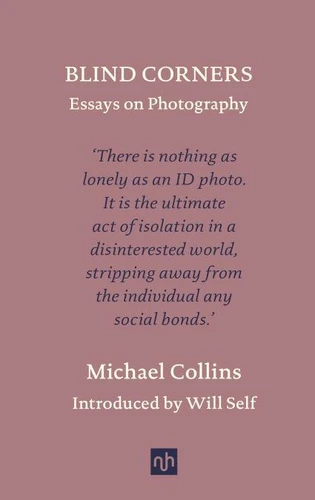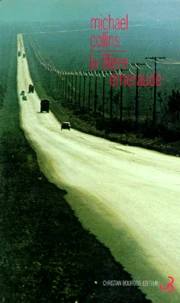Blind Corners. Essays on Photography
Par : ,Formats :
Disponible dans votre compte client Decitre ou Furet du Nord dès validation de votre commande. Le format ePub protégé est :
- Compatible avec une lecture sur My Vivlio (smartphone, tablette, ordinateur)
- Compatible avec une lecture sur liseuses Vivlio
- Pour les liseuses autres que Vivlio, vous devez utiliser le logiciel Adobe Digital Edition. Non compatible avec la lecture sur les liseuses Kindle, Remarkable et Sony
- Non compatible avec un achat hors France métropolitaine
 , qui est-ce ?
, qui est-ce ?Notre partenaire de plateforme de lecture numérique où vous retrouverez l'ensemble de vos ebooks gratuitement
Pour en savoir plus sur nos ebooks, consultez notre aide en ligne ici
- Nombre de pages192
- FormatePub
- ISBN978-1-912559-66-4
- EAN9781912559664
- Date de parution20/05/2025
- Protection num.Adobe DRM
- Taille3 Mo
- Infos supplémentairesepub
- ÉditeurNotting Hill Editions
Résumé
"Blind Corners is a book every photographer should own." - W. Scott Olsen, FramesFor many years, photographer Michael Collins had wondered what exactly it was that he found so mysterious about photography. In this series of linked pieces, Collins offers a reappraisal of humble-and often ubiquitous-photographic genres that he believes are worthy of greater understanding. From restoring abandoned photos, whose subjects are lost to time, to a quotidian history of the studio portrait; from tracing the origins of the panorama within the wider field of art history to an experiment in photographic portraiture using gorillas, Collins reveals what it is about photography that continues to fascinate us.
"Blind Corners is a book every photographer should own." - W. Scott Olsen, FramesFor many years, photographer Michael Collins had wondered what exactly it was that he found so mysterious about photography. In this series of linked pieces, Collins offers a reappraisal of humble-and often ubiquitous-photographic genres that he believes are worthy of greater understanding. From restoring abandoned photos, whose subjects are lost to time, to a quotidian history of the studio portrait; from tracing the origins of the panorama within the wider field of art history to an experiment in photographic portraiture using gorillas, Collins reveals what it is about photography that continues to fascinate us.



















